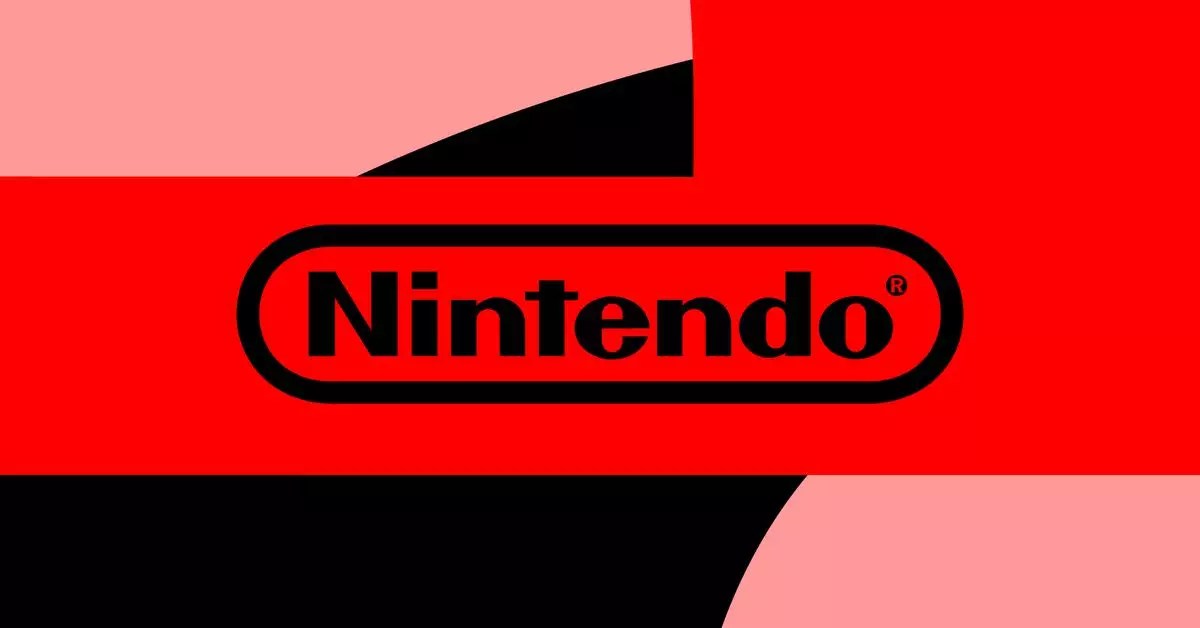Nintendo has a legacy that is steeped in innovation, creativity, and a deep connection with its fans. As the gaming community eagerly anticipates the successor to the wildly successful Nintendo Switch, recent announcements during Nintendo’s midyear policy briefing have shed light on some critical aspects of this new console. While official details about the device remain scarce, one significant assurance has been made: the new console will support current Switch games and retain user access to Nintendo Switch Online services and accounts. This commitment not only speaks to the company’s investment in its existing user base but also highlights the trend toward player continuity in an ever-evolving gaming landscape.
The lack of a formal announcement regarding the console’s name or features has left speculation rife, leading fans to wonder how this transition will unfold. Nintendo’s traditional approach often emphasizes its storied history, and their latest initiative seems to follow this pattern—promising a blend of the old and new.
Despite the impending transition to a new generation, the current Nintendo Switch continues to perform admirably. Recently reported sales figures revealed the console sold 4.72 million units over the past three months. Although this marks a 31 percent decline compared to the previous year, it illustrates a continued demand for the hardware, surpassing expectations for most consoles eight years post-launch. Cumulatively, sales have reached an astounding 146 million units globally, breaking records for software sales within the Nintendo ecosystem, with an impressive 1.3 billion units sold by September 30, 2024.
However, along with hardware sales, there were noteworthy changes in subscriptions to Nintendo Switch Online services. While the total number of subscribers dipped slightly to about 34 million, there has been a positive trend in the uptake of premium services, specifically the Expansion Pack. This dynamic shift speaks to the evolving interests of the gamer demographic, suggesting that users are seeking enhanced value from their subscriptions.
The Issue of Backward Compatibility
Backward compatibility—or the inability to play older games on new systems—remains a formidable challenge in the gaming industry, particularly for Nintendo. Its competitors, Microsoft and Sony, have made strides with their current generation consoles, allowing a substantial library of previous titles to be enjoyed seamlessly on the new platforms. In contrast, transitioning to the Switch from the Wii U required a significant paradigm shift, as the move from disc-based gaming to cartridges poses problems for backward compatibility.
Currently, Nintendo fans are left to navigate a minefield of hope and disappointment—hoping that beloved classics will be remastered or made available through the Nintendo Online library, which unfortunately is not guaranteed with the new console release. This has raised concerns among gamers about the future accessibility of older titles, highlighting a pressing issue in video game preservation.
Video game preservation is emerging as an essential topic in today’s digital society. A report by the Video Game History Foundation shed light on alarming statistics: more than 87 percent of games released before 2010 are considered “critically endangered,” meaning they are no longer available for purchase through conventional means. This situation is further exacerbated by voluntary or forced abandonments of older digital storefronts.
While Nintendo has made some progress in resurfacing elements of its rich gaming history within the Switch, the scope is limited. The legacy titles are vital not just for nostalgia but for understanding the evolution of gaming as a medium. As the gaming industry burgeons with new technology and innovative designs, it is critical for companies to balance excitement about new releases with the need to safeguard the past.
As Nintendo gears up for the launch of its next console, the forthcoming revelations will undoubtedly shape its legacy for years to come. The ability to maintain backward compatibility while capturing the interest of new players will be vital. The gaming community will be watching keenly, hoping that Nintendo demonstrates a commitment not only to innovation but also to the preservation of its gaming legacy. In the midst of technological advancement, the conversation surrounding past titles cannot be overlooked, for they are the building blocks of the rich tapestry that is the video gaming world.


Leave a Reply